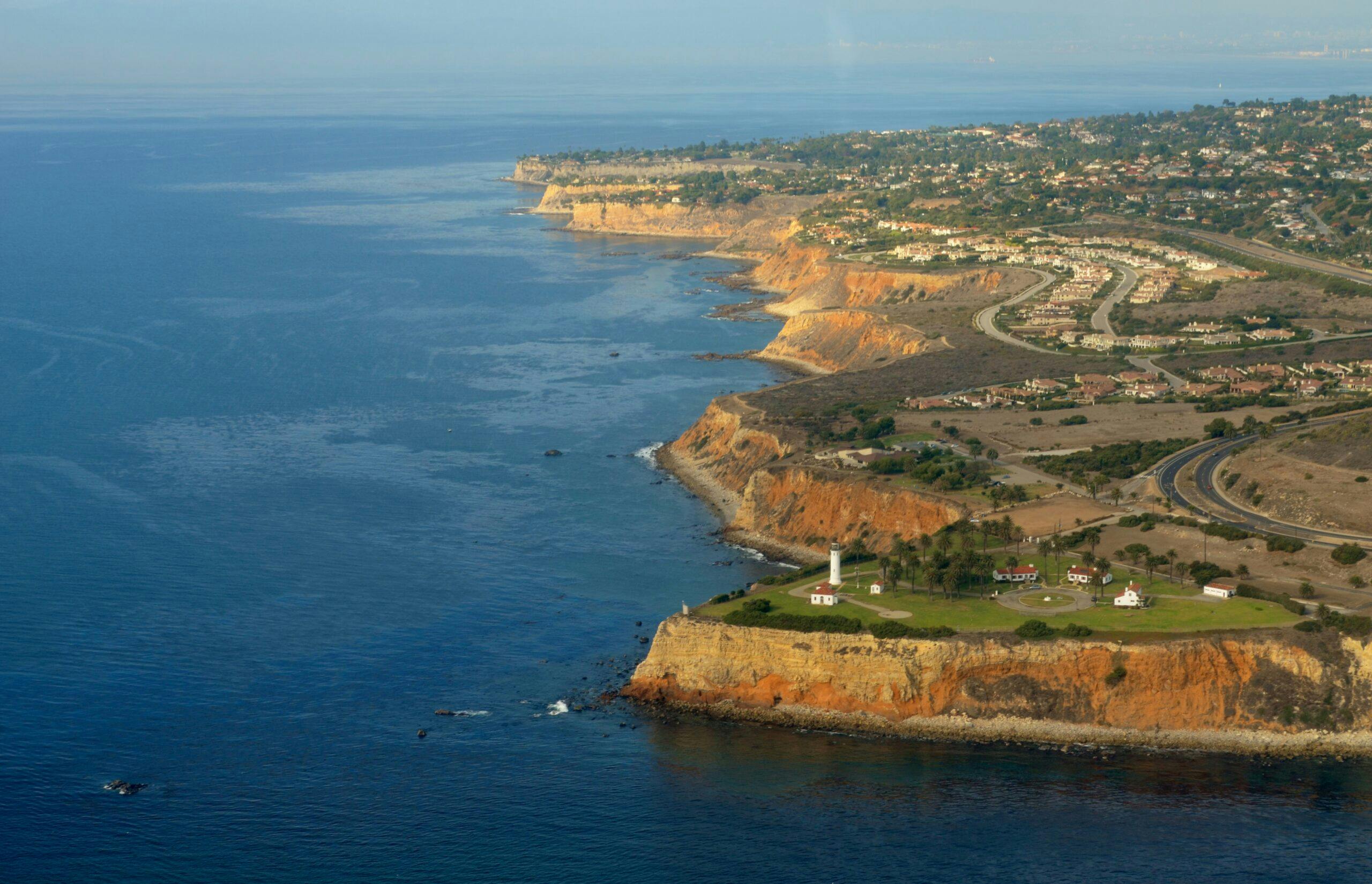Aerial Monitoring of Ocean Vessels
Since 2008, The Bay Foundation (TBF) and its partner LightHawk have been conducting coastal aerial surveys of boating activities in state waters off the mainland coast of Southern California. Monitoring is focused on the Southern California Bight, divided into two transects—the north transect, which stretches from Los Angeles International Airport (LAX) to Point Conception, and the south transect, from LAX to the U.S.-Mexico border.
This aerial monitoring project was originally initiated to generate and provide a spatially explicit, objective, fishery-independent data set showing the extent of boating activities for the Marine Protected Area (MPA) planning process off the coast of Southern California.
Today, the data are used to evaluate and monitor MPA compliance, as well as water quality improvement projects, kelp forest restoration, ecosystem-based management, and other management actions that may affect boating activities.
Project Highlights
